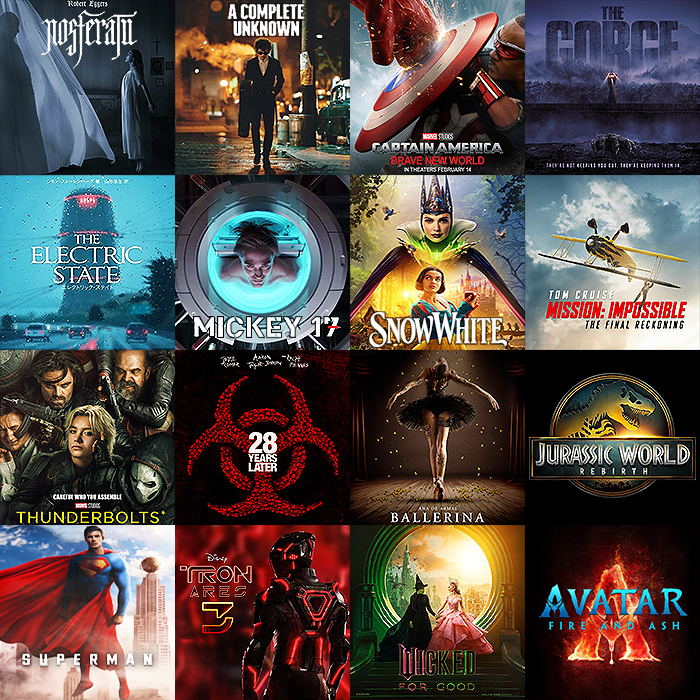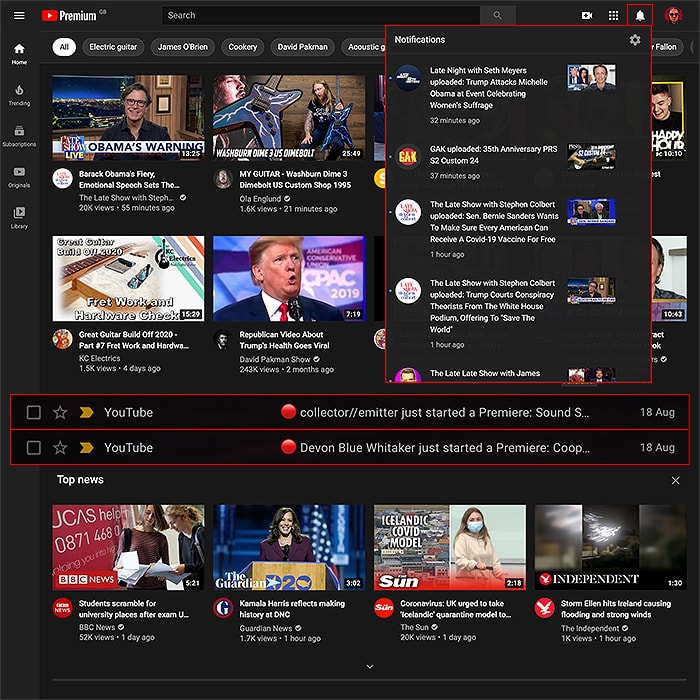The future of magazines online and what publishers can learn from YouTube

Most leading magazine publishers have long realised the benefits of delivering their magazines digitally via the Internet or Apps. Many still persist with PDF style / Digitised formats which simply render their hard-copy magazines in digital editions which can be paged through online, but essentially retain the exact same linear structure of the offline equivalent.
The more clever magazine publishers have gone with an enhanced-benefits online-subscription model and have adapted their magazine fully to an interactive website format. I have often cited medical magazine publishers and the unique environment that has evolved for its consumers. For many medical magazines, the key content contributors are also the main members / subscribers - who provide research papers and ’abstracts’ which populate the ’magazine’ and essentially drive the publishing business. The medical magazine business is therefore somewhat self-perpetuating and inwardly driven by its own membership.
YouTube is another classic example of a self-perpetuating, community-driven enterprise. Once again. it is the membership that drives and delivers the content via video submissions / uploads. YouTube incentivises these content contributors by giving them a share of the advertising revenue directly derived from other members watching those contributors’ uploaded videos. In short, most of the traffic on YouTube is for viral videos uploaded by their own membership - this includes relatively recent big hitters Ylvis’s ’The Fox’ and Psy’s ’Gangnam Style’.
There’s lots of examples from online communities which turn into semi-webzines by harnessing their members’ output - football sites like ExtraFootie and Proven Quality. Professional publishers can take more of a leaf out of YouTube’s playbook - in terms of engineering a high quality interface - which works cross-channel and incentivises its membership to contribute towards the sucess of the enterprise.
When I talk about the enhanced benefits of a fully interactive website format, I mean a living magazine with integral comments and contribution channels - which encourage debate and further involvement. All the traditional magazine elements - features, reviews, interviews, advertorials, competitions etc. can be run through the website, with the added benefit that the audience can also be part of the writing team. All editors will know about writer’s block, and the issues with columnists drying up and running out of ideas. By motivating your community to get fully involved, you should ensure a more ready supply of material, which maintains its curent event / topical focus. The editorial role then evolves to become more curatorial - sifting and highlighting the most worthy of community contributed content. You can use a combination of popularity (views) and recommendations (likes / shares) to set up automated best-of category listings which fully engage the readership.
There are several provisos for this approach. Enabling the contributions via workflows is fairly straigthforward, the difficulties are more about maintaining quality and topicality. It is important to have a well-thought-out Keyword Taxonomy which applies automatically to a large degree - editorial staff can then edit and refine these selection as required, but a lot of the work is done automatically by the system.
You still have the traditional revenue streams of advertising, sponsorship, advertorials and product placements available to you, but you can monetize your ’webzine’ in many more ways by applying a smart interactive website structure. You can also provide different levels of membership - giving those who pay more greater access to specialist content and functionality; even discounts to selected products and related events.
Mashable and Gizmodo are great examples of modern-style webzines which feature community contributed content. As people shift ever more to consuming their media through mobile devices, it’s these kinds of ’magazines’ which will become more commonplace. Most newspapers have already cleverly transitioned to the web, and The Guardian and Daily Mail for instance both have great Apps to serve their core audiences. Currently though, there are far too many magazines that purely rely on ’Newsstand’ type platforms to deliver their old-fashioned linear magazine formats. By using a more interactive, granular format, magazine publishers have more revenue stream possibilities and more ways to motivate and incentivise their readership.
To my mind, a perfect business model is one that is to a large degree self-sustaining and self-perpetuating. In allowing your readership to become key contributors for your magazine you are creating a business like YouTube, where the audience fully contributes to its own entertainment - this goal is not always achievable, but it is one that all publishers should aspire to ...

Did you find this content useful?
Thank you for your input
Thank you for your feedback
Upcoming and Former Events
Affino Innovation Briefing 2024
Webinar - Introduction to Affino's Expert AI Solutions - Session #2
Webinar - Introduction to Affino's Expert AI Solutions - Session #1
PPA Independent Publisher Conference and Awards 2023
Meetings:
Google Meet and Zoom
Venue:
Soho House, Soho Works +
Registered Office:
55 Bathurst Mews
London, UK
W2 2SB
© Affino 2024





















